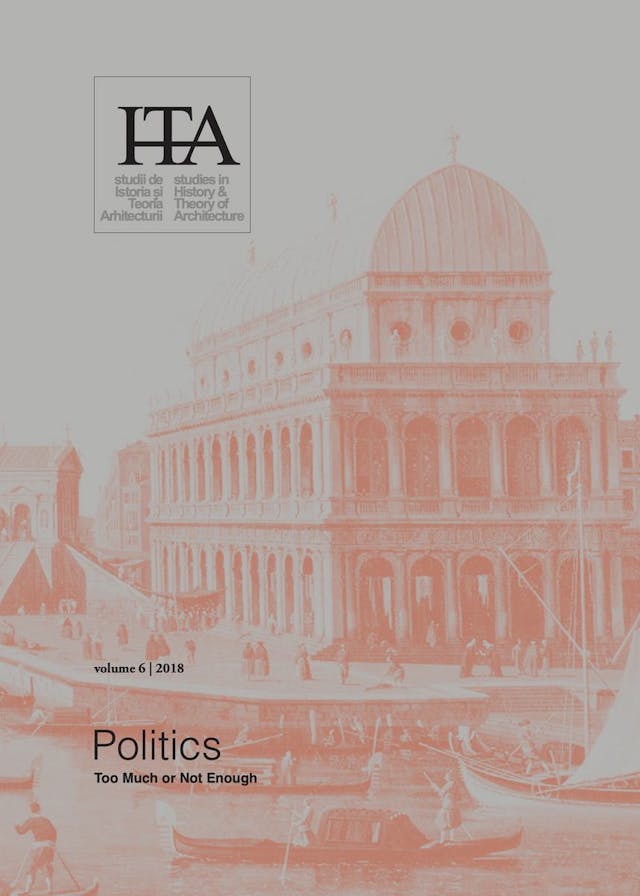Modern Architecture as an Agency of Political Competition: The Case of Iran and Pakistan
by
Niloofar Amini
Keywords
Louis Kahn
Kamran Diba
Iran – Pakistan relationship
Dhaka
Abbas Abad Master Plan
Economically, from the late fifties Pakistan and Iran aligned themselves with America to vied for its support. Increasing the oil revenue from the seventies, however, changed the circumstance for Iran. Among the different strategies of control, it was the time for the Pahlavi regime to reveal its control over the region, politically and architecturally. However, those creative interventions rooted in previous decades, both in local and in international levels of competition with Pakistan.
While Iran was pioneer in the political transformation, Pakistan replicated all the same policies architecturally, via American support and architects, like Louis Kahn. In fact, what happened in region was a part of the U.S. plan for the Middle East for maintaining the stability of traditional regimes through encouraging them toward moderate reforms.
However, these architectures were symptom of a larger cultural condition, caused by the rapid introduction of modern institutions into traditional societies. Inevitably, not only modern Western architecture had been imported, but also the forms and formalities of modern Western democratic institutions. As a consequence, such pseudo-democratic ideology and practice effected on local architects to act as an antidote to both regimes.
This paper studies Pakistan – Iran relations, politically and architecturally, in regard to these policies.
Published in

Chicago citation style
DOI:
10.54508/sITA.6.08